
Observing Meteor Showers: Preparation and Techniques for the Perseids
Every year, the Perseids offer a breathtaking celestial spectacle to astronomy enthusiasts and curious individuals. This phenomenon is one of the most famous and accessible for observing shooting stars. To get the most out of this experience, it is essential to prepare correctly and know the best observation techniques. Here is our guide to make the most of the Perseids.
What are the Perseids?
The Perseids are a meteor shower that occurs every year between mid-July and late August, with a peak of activity around August 12. These meteors come from the debris left by the Swift-Tuttle comet. When they enter the Earth's atmosphere, they burn and create luminous trails, commonly called shooting stars.
Preparation to Observe the Perseids
1. Choose the right time
- The peak activity of the Perseids generally occurs around August 12, but shooting stars can be observed several days before and after this date.
- The best hours to observe are after midnight until dawn, when the radiant of the Perseids, located in the constellation of Perseus, is highest in the sky.
2. Select an observation site
- Choose a place away from urban lights to avoid light pollution.
- A high ground with a clear view of the horizon is ideal.
3. Prepare for a night of observation
- Bring a blanket or a lounge chair to be comfortable for several hours.
- Dress warmly, even in summer, nights can be cool.
- Bring snacks and water to stay hydrated and energized.
Techniques for Optimal Observation
1. No need for a telescope
The Perseids are visible to the naked eye, and using a telescope or binoculars is unnecessary to observe them.
2. Let your eyes adapt to the darkness
- Avoid using bright screens or white flashlights. Instead, use a flashlight with a red filter.
- It takes about 20 to 30 minutes for your eyes to fully adapt to the darkness.
3. Look towards the radiant
You can see between 60 and 100 meteors per hour. However, there may be calmer periods. Be patient and enjoy the experience.
Photographing the Perseids
1. Use a tripod
To avoid blurry images, use a tripod to stabilize your camera.
2. Camera settings
- Set your camera to manual mode.
- Use a low aperture (f/2.8 - f/4) to capture the maximum amount of light.
- Set the ISO between 800 and 1600, depending on the lighting conditions.
- Use a long exposure time (15 to 30 seconds) to capture the luminous trails of the meteors.
3. Take test shots
Take a few test photos to adjust the settings and make sure the focus is sharp.
Conclusion
Observing the Perseids is a magical experience that connects observers to the vast universe. By choosing the right time and place, preparing adequately, and using the right techniques, you can enjoy an unforgettable spectacle. At Astronomy Store, we encourage you to explore these celestial wonders and share your passion for astronomy. For more tips and equipment, visit our site Astronomy Store and get ready to admire the Perseid shooting stars!
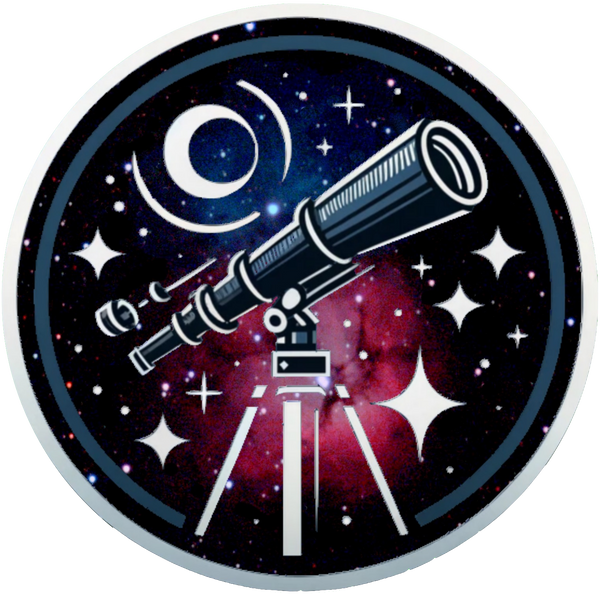
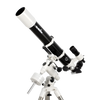 All
All
 Dobson
Dobson
 Refractors
Refractors
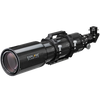 Ed & Apochromates
Ed & Apochromates
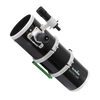 Newtonian reflector
Newtonian reflector
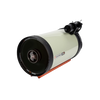 Schmidt Cassegrain
Schmidt Cassegrain
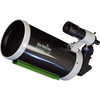 Maksutov-Cassegrain
Maksutov-Cassegrain
 Solar
Solar
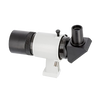 Researcher
Researcher
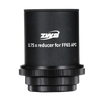 Focal reducer
Focal reducer
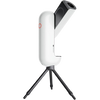 Intelligent
Intelligent
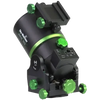 All
All
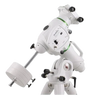 Equatorial
Equatorial
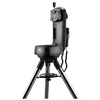 Alt/Az
Alt/Az
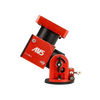 Harmonic
Harmonic
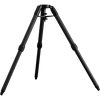 Tripods
Tripods
 Accessories
Accessories
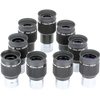 All
All
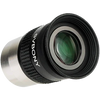 Wide angle
Wide angle
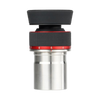 Zoom eyepieces
Zoom eyepieces
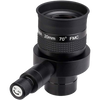 Reticulated eyepieces
Reticulated eyepieces
 Barlow
Barlow
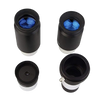 Plössl
Plössl
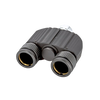 Binoculars
Binoculars
 Atmospheric Corrector
Atmospheric Corrector
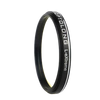 All
All
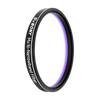 Visual
Visual
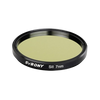 Photo
Photo
 Polarisants
Polarisants
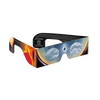 Solar Filters
Solar Filters
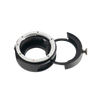 Accessories
Accessories
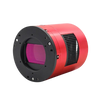 All
All
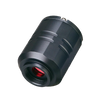 Color Cameras
Color Cameras
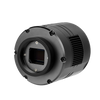 Monochrome Cameras
Monochrome Cameras
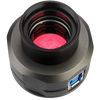 Planetary/Guiding
Planetary/Guiding
 Objectives
Objectives
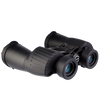 All
All
 Binoculars
Binoculars
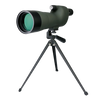 Spotting Scope and Monocular
Spotting Scope and Monocular
 Elbows
Elbows
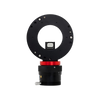 Optical Divider
Optical Divider
 Mirrors
Mirrors
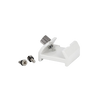 All
All
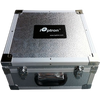 Bags and protections
Bags and protections
 Supports and counterweights,
Supports and counterweights,
 Camera adapters
Camera adapters
 Focuser
Focuser
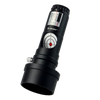 Collimation
Collimation
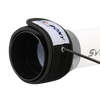 Heating band
Heating band
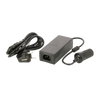 Cables
Cables
 Collars
Collars
 Computers
Computers
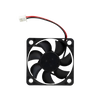 Fans
Fans
 Others
Others
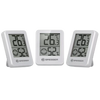 All
All
 Weather Station
Weather Station
 Thermometer
Thermometer
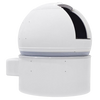 All
All
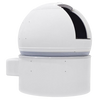 Observatory/Domes
Observatory/Domes
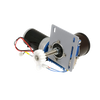 Accessories
Accessories
 ZWO
ZWO
 Explore Scientific
Explore Scientific
 Optolong
Optolong
 GSO
GSO
 Vixen
Vixen
 Bresser
Bresser
 Celestron
Celestron
 Baader
Baader
 Askar
Askar